- Home
- Articles
- Architectural Portfolio
- Architectral Presentation
- Inspirational Stories
- Architecture News
- Visualization
- BIM Industry
- Facade Design
- Parametric Design
- Career
- Landscape Architecture
- Construction
- Artificial Intelligence
- Sketching
- Design Softwares
- Diagrams
- Writing
- Architectural Tips
- Sustainability
- Courses
- Concept
- Technology
- History & Heritage
- Future of Architecture
- Guides & How-To
- Art & Culture
- Projects
- Interior Design
- Competitions
- Jobs
- Store
- Tools
- More
- Home
- Articles
- Architectural Portfolio
- Architectral Presentation
- Inspirational Stories
- Architecture News
- Visualization
- BIM Industry
- Facade Design
- Parametric Design
- Career
- Landscape Architecture
- Construction
- Artificial Intelligence
- Sketching
- Design Softwares
- Diagrams
- Writing
- Architectural Tips
- Sustainability
- Courses
- Concept
- Technology
- History & Heritage
- Future of Architecture
- Guides & How-To
- Art & Culture
- Projects
- Interior Design
- Competitions
- Jobs
- Store
- Tools
- More
Why Regular Roof Maintenance Is Key to Avoiding Costly Repairs

A roof does more than shield a house from the elements; it plays a central role in the comfort, safety, and structural integrity of the entire home. Often overlooked until there’s a problem, the roof quietly endures wind, rain, sun, and time. Without consistent attention, small issues can gradually evolve into major, expensive repairs. This steady decline isn’t always visible, which makes preventive care critical. Regular roof maintenance extends the life of the structure, helps detect problems early, and can even preserve the aesthetic value of the property. Waiting until signs of damage become obvious can lead to disruptions, safety hazards, and financial strain. Homeowners who invest in routine maintenance typically avoid these pitfalls and gain peace of mind knowing their home is better protected.
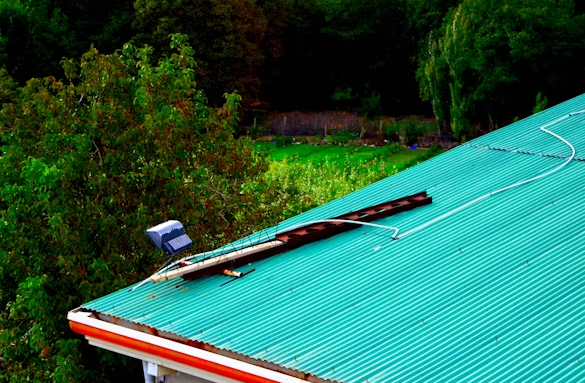
Table of Contents
ToggleRoof Longevity Begins With Proactive Care
The lifespan of a roof isn’t determined only by the materials used but also by the commitment to routine inspection and upkeep. While asphalt shingles may last 20 to 30 years and metal roofs stretch beyond 50, those numbers often shrink when minor damage goes unnoticed or unresolved. Weather conditions, debris buildup, and poor drainage gradually weaken materials. Without consistent care, vulnerable spots form, inviting leaks, mold, and internal damage. Engaging with Charlotte roofing experts during a roof’s lifecycle can be the difference between a few targeted repairs and a full replacement. Their deep knowledge of local weather patterns and building standards makes them particularly effective in identifying what many homeowners might miss. Maintaining a roof’s longevity isn’t about waiting for something to go wrong; it’s about noticing what could and acting on it before repairs become replacements.
Small Leaks Often Signal Bigger Issues
A water stain on a ceiling or a damp spot in the attic might not seem urgent. Yet what appears to be a small leak is often the symptom of a broader issue. Water can travel far from its point of entry before it becomes visible indoors. A cracked shingle, broken flashing, or lifted seal can invite moisture in, and that moisture doesn’t stop at the attic. Insulation becomes saturated, wood begins to rot, and mold can take hold in hidden corners. These problems worsen in silence until they compromise the roof’s structure. Catching them early through regular inspections saves time and money. Roofers trained to identify subtle signs can distinguish between minor fixes and major structural concerns, and they can act quickly to prevent escalation. A neglected drip can turn into a torrent if left unchecked.
Weather Events Can Leave Hidden Damage
Storms can scar a roof in visible ways, missing shingles, dented flashing, and tree branches piercing the surface. Yet the most concerning damage isn’t always so obvious. Wind uplift, hail impacts, or heavy snow loads can weaken materials without breaking them outright. Granule loss on shingles or minor dislodgment of tiles may not be apparent from the ground. After severe weather, a roof may look intact but still be vulnerable. Regular maintenance includes post-storm inspections, which are especially valuable in high-risk seasons. Even if damage seems minimal, having a trained eye assess the roof can identify wear that leads to premature aging or failure. A small repair in the aftermath of a storm can prevent a major issue during the next one.

Ventilation and Insulation Play a Critical Role
Roofs don’t work in isolation; they’re part of a system that includes attic ventilation and insulation. Without proper airflow, heat and moisture can build up under the roof deck. In summer, this can warp materials and lead to blistering shingles. In winter, trapped moisture can freeze, expand, and create ice dams that push water back under shingles. Poor insulation means that indoor heat rises unchecked, exacerbating snowmelt and refreezing. Regular roof maintenance includes evaluating these components and adjusting them when needed. Roofing experts often find that many issues blamed on exterior wear are rooted in interior airflow problems. Keeping the roof in good shape means tending to both sides, above and below.
Preventative Maintenance Helps Protect Property Value
A well-maintained roof not only prevents costly repairs, it also supports the broader value of the home. Curb appeal matters, and a roof in good condition enhances it. More critically, appraisers and inspectors often view the roof as one of the most significant components during evaluations. If a roof shows signs of wear, it can lower the perceived value of the entire property, reduce buyer interest, or complicate loan approvals. Preventive maintenance keeps the roof clean, structurally sound, and visually appealing. It communicates that the homeowner is diligent and responsible, making the property more attractive to future buyers. Even if a sale isn’t planned, protecting value over time is a wise financial decision.
Roof maintenance isn’t just a seasonal task; it’s a long-term investment in the durability, safety, and value of a home. While the temptation to delay upkeep may be strong when everything looks fine, that silence often hides the slow march of wear and tear. The best time to act isn’t after damage appears, but long before.
Submit your architectural projects
Follow these steps for submission your project. Submission FormLatest Posts
Best Practices for Roof Inspections and Maintenance
On most projects, the roof spends decades out of sight while carrying...
Sunny Days, Secure Roof: Simple Steps to Shield Your Home
Your home is more than just a place to live—it’s a sanctuary....
Simple and Stylish Roof Ideas for Homeowners
When designing your home, don’t overlook the roof. It’s essential for both...
Key Qualities to Look For in a Residential Roofing Contractor
Choosing a residential roofing contractor involves careful consideration. The roof is a...



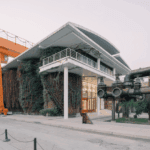



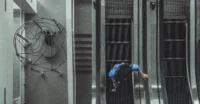
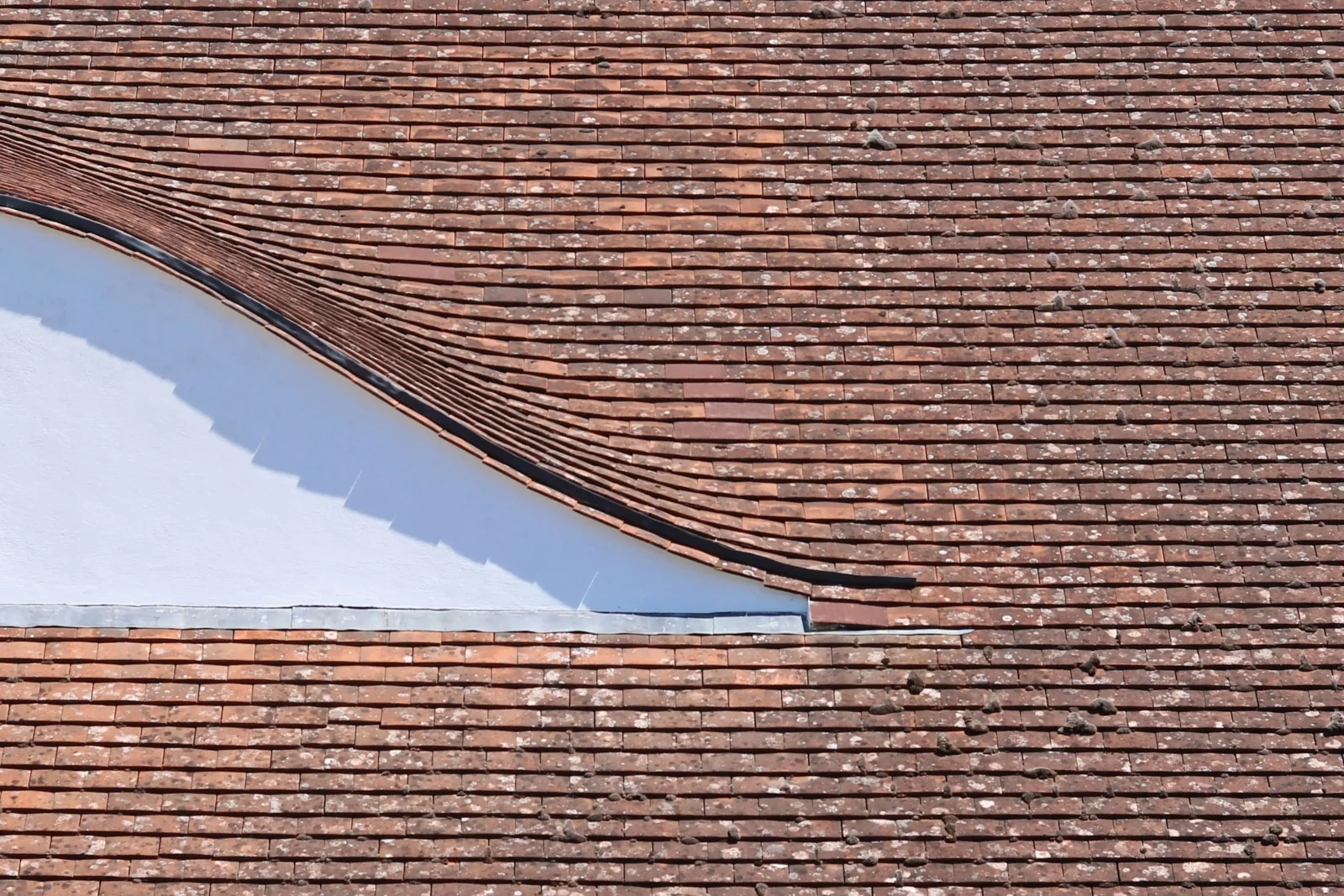
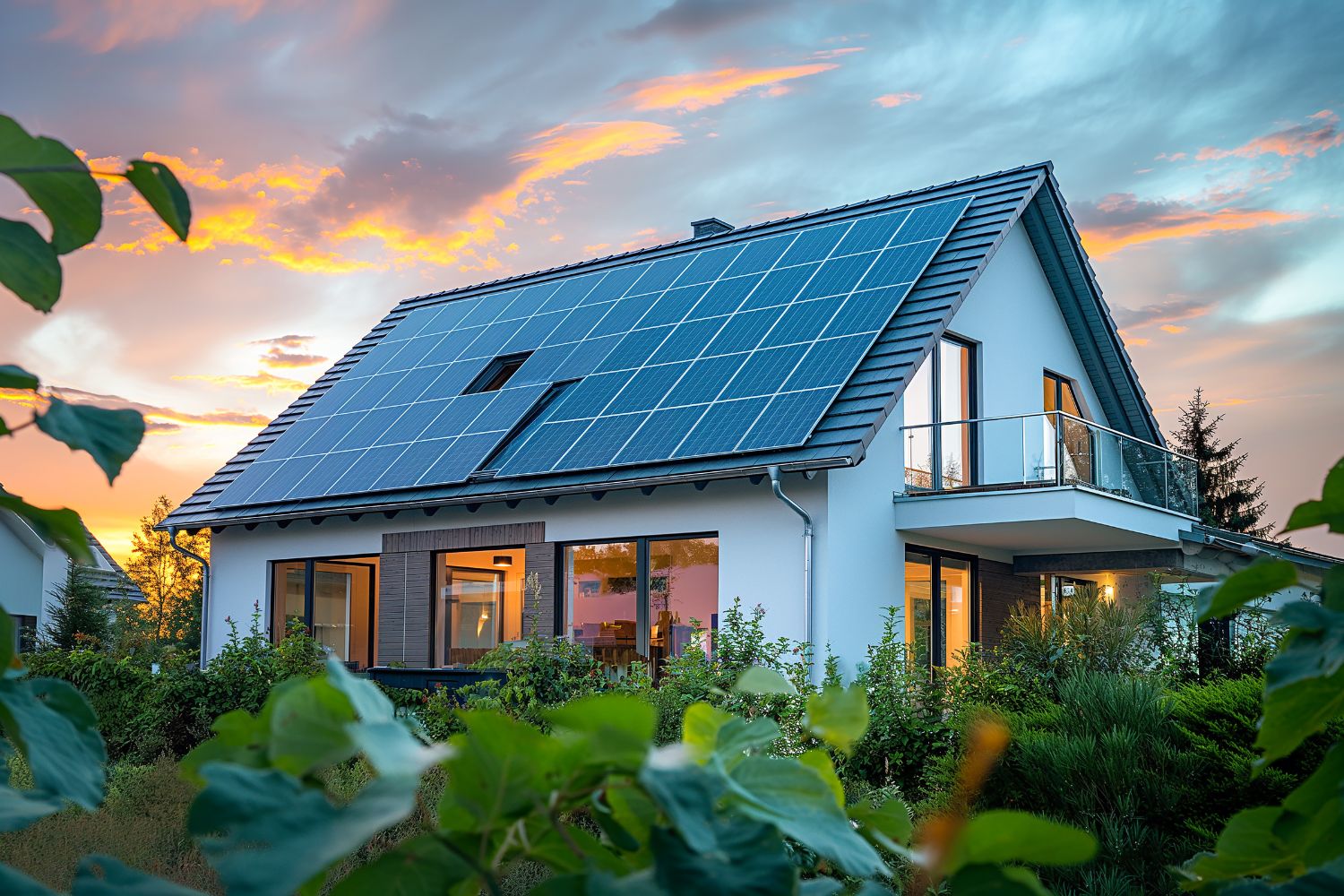
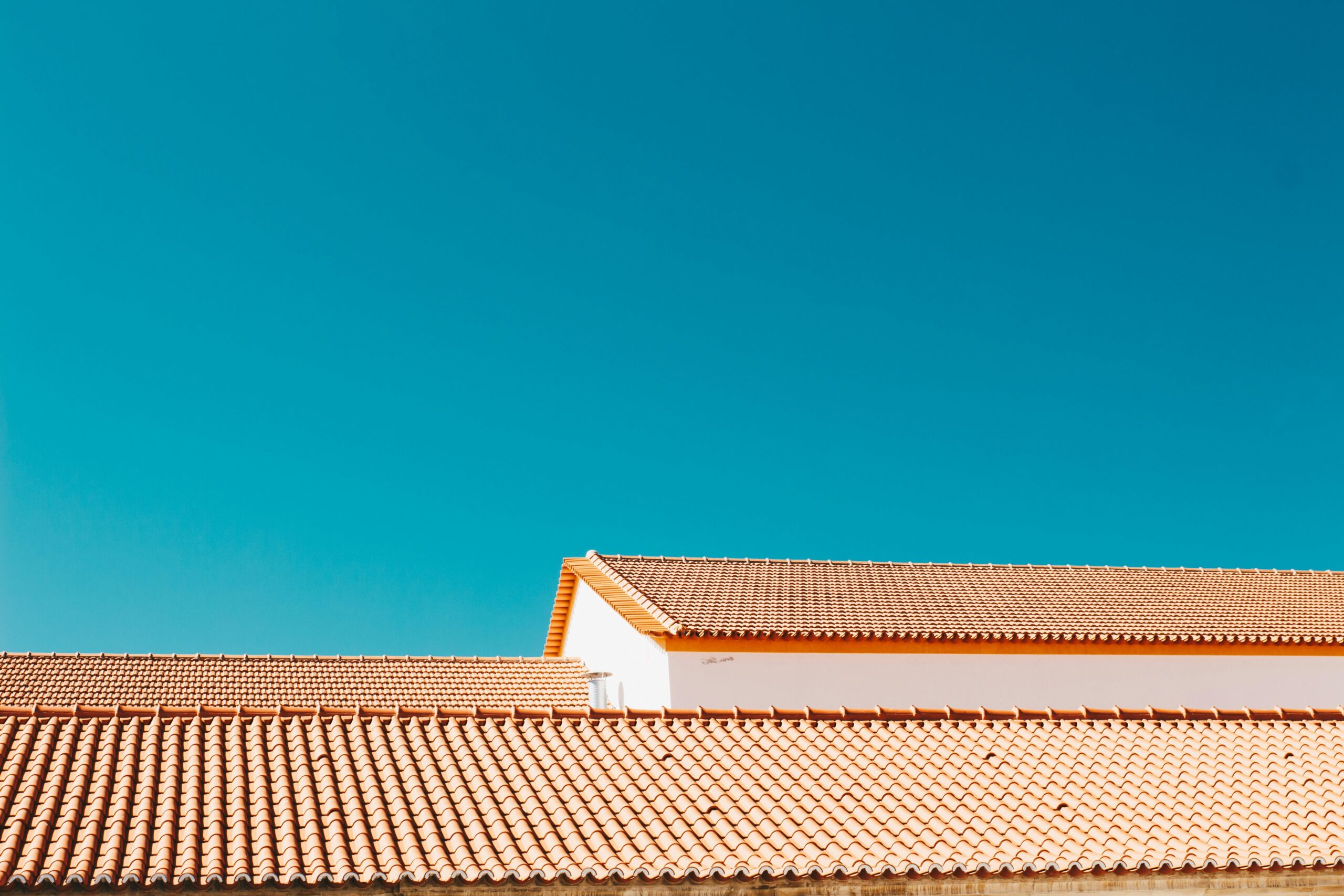

Leave a comment